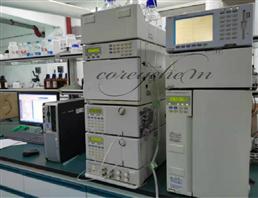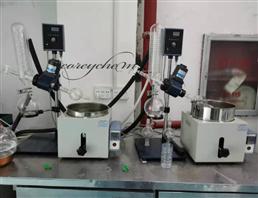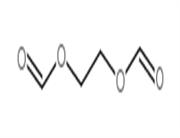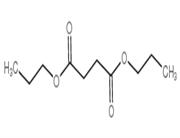Product Name: Quetiapine
Synonyms: Quetiapine 111974-69-7;QUETIAPIN;2-[2-(4-Dibenzo[b,f][1,4]thiazepin-11-yl-1-piperazinyl)ethoxy]-ethanol;Quetiapine;11-[4-[2-(2-Hydroxyethoxy)ethyl]piperazino]dibenzo[b,f][1,4]thiazepine;2-[2-[4-[Dibenzo[b,f][1,4]thiazepin-11-yl]piperazin-1-yl]ethoxy]ethanol;2-[2-(4-benzo[b][1,5]benzothiazepin-6-ylpiperazin-1-yl)ethoxy]ethanol;Dibenzo[b,f][1,4]thiazepine, ethanol deriv.
CAS: 111974-69-7
MF: C21H25N3O2S
MW: 383.51
EINECS:
Product Categories: Quetiapine;Isotopically Labeled Pharmaceutical Reference Standard;FAMVIR
Mol File: 111974-69-7.mol
Quetiapine Structure
Quetiapine Chemical Properties
Melting point 172-173 °C
Boiling point 556.5±60.0 °C(Predicted)
density 1.27±0.1 g/cm3(Predicted)
pka 14.41±0.10(Predicted)
CAS DataBase Reference 111974-69-7(CAS DataBase Reference)
Safety Information
Hazardous Substances Data 111974-69-7(Hazardous Substances Data)
MSDS Information
Quetiapine Usage And Synthesis
Uses antiviral
Uses Labelled Quetiapine (Q510000). Used as an antipsychotic.
Brand name Seroquel (AstraZeneca).
General Description Quetiapine, 2-[2-(4-dibenzo[b,f][1,4]thiazepin-11-yl-1-piperazinyl)ethoxy]-ethanol fumarate (2:1,salt) (Seroquel), is a white to off-white crystalline powderthat is moderately water soluble. Quetiapine is rapidly absorbed,and peak plasma levels occur 1 to 2 hours after administration.Food does not appreciably affect the absorptionof quetiapine. The compound is 83% bound to plasma proteinsand it has a mean elimination half-life of 7 hours.Administration of a single dose of 14C-quetiapine showedthat only 1% of the drug was excreted unchanged, with 73%excreted into the urine and approximately 30% excreted inthe feces.Numerous metabolites of quetiapine are known,and the sulfoxide metabolite represents the major metabolitepresent in plasma. This metabolite is pharmacologicallyinactive. The remaining metabolites represent only5% of the total radioactivity found in plasma. The 7-hydroxyand the 7-hydroxy-N-desalkyl are active metabolites, but because of their low concentrations in plasma are not thoughtto contribute to the overall effects of quetiapine.
Common side effects associated with quetiapine therapyare orthostatic hypotension and somnolence. These effects are presumably caused by -adrenergic and histamine H1 receptorblockade, respectively. As with other atypical antipsychotics,patients treated with quetiapine should be monitoredfor hyperglycemic symptoms. Also, children and adolescentswith major depressive disorder may experience an increase intheir depression or suicidal tendencies.typical antipsychotics such as chlorpromazine.This findingmay explain the lack of EPS associated with quetiapine.

 China
China








